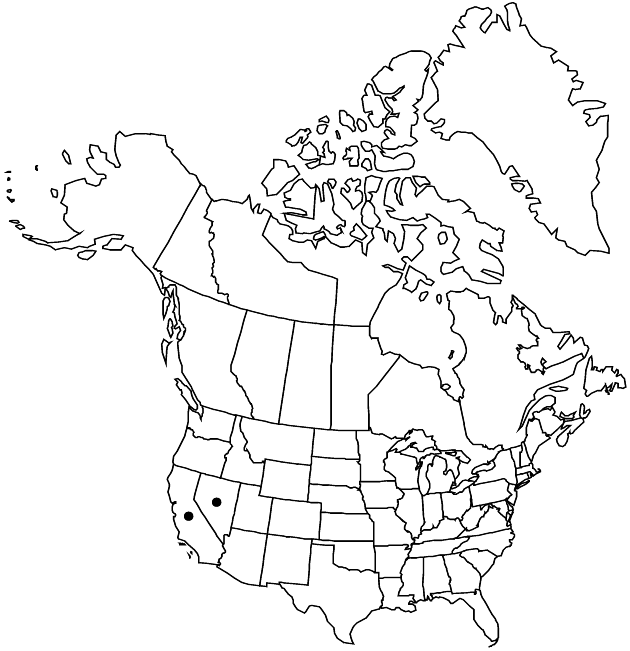Difference between revisions of "Crepis runcinata subsp. andersonii"
Publ. Carnegie Inst. Wash. 504: 104. 1938.
Common names: Anderson’s hawksbeard
Basionym: Crepis andersonii A. Gray
Synonyms: Crepis runcinata var. andersonii (A. Gray) Cronquist
FNA>Volume Importer |
FNA>Volume Importer |
||
| Line 54: | Line 54: | ||
|publication year=1938 | |publication year=1938 | ||
|special status= | |special status= | ||
| − | |source xml=https://jpend@bitbucket.org/aafc-mbb/fna-data-curation.git/src/ | + | |source xml=https://jpend@bitbucket.org/aafc-mbb/fna-data-curation.git/src/8f726806613d60c220dc4493de13607dd3150896/coarse_grained_fna_xml/V19-20-21/V19_307.xml |
|tribe=Asteraceae tribe Cichorieae | |tribe=Asteraceae tribe Cichorieae | ||
|genus=Crepis | |genus=Crepis | ||
Revision as of 15:10, 18 September 2019
Plants 25–50 cm. Leaves: petioles broadly winged; blades oblanceolate, 2–3 cm wide, margins strongly and coarsely serrate or toothed (teeth prominently white-tipped), faces glabrous or hispidulous. Heads 6–20. Involucres 19–21 mm. Phyllaries broadly lanceolate, apices long-acuminate, faces usually stipitate-glandular. Cypselae pale yellow to reddish brown, 6–8 mm, ± distinctly beaked; pappi 6–9 mm. 2n = 22.
Phenology: Flowering May–Jul.
Habitat: Alkaline seeps, grasslands, moist alkaline valley bottoms
Elevation: 1200–1500 m
Discussion
Subspecies andersonii is identified mainly by the relatively large involucres with densely stipitate-glandular phyllaries and the leaf margins with sharp, prominently white-tipped teeth.
Selected References
None.
Lower Taxa
None.
